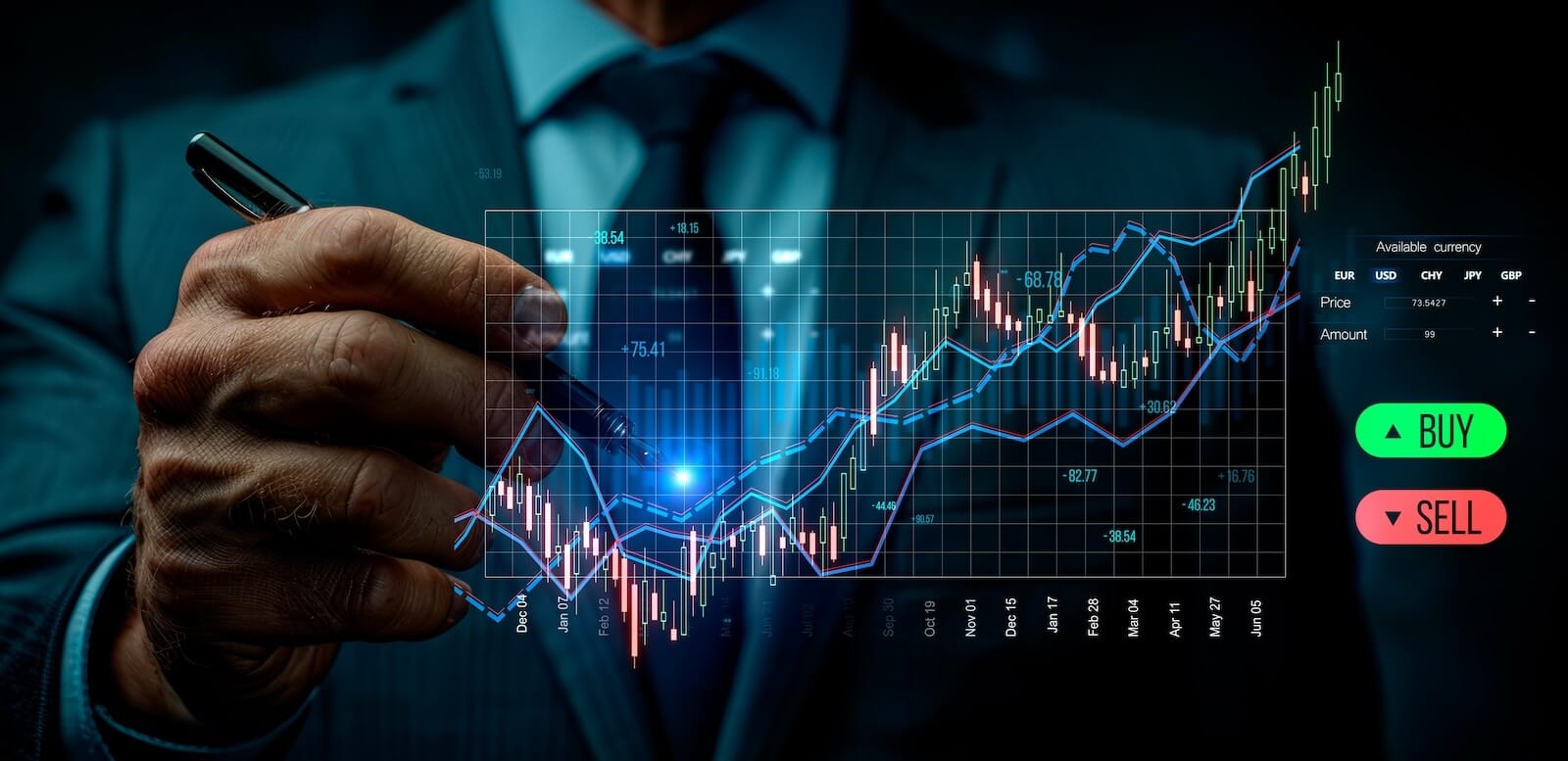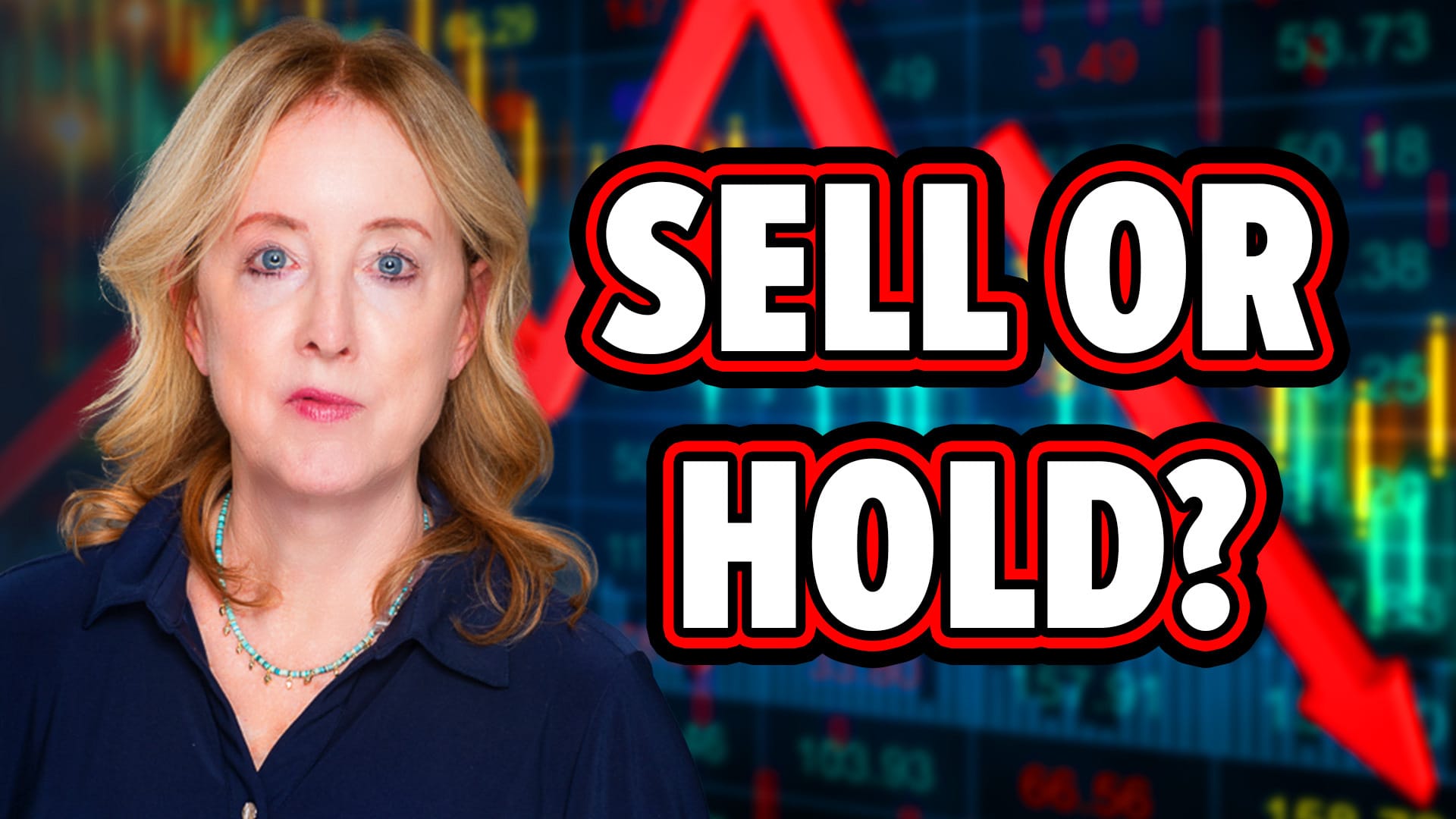HOW A FALLING DOLLAR BOOSTS FOREIGN ETFS -- LAND OF THE RISING STOCK MARKET
EAFE ISHARES ARE HAVING A STRONG AUGUST... I've written several pieces recently -- and again today -- about how a weakening dollar was helping foreign ETFs outperform the U.S. market. That's been especially true since the start of August. Chart 1 helps to show the effect the dollar has. The price bars in Chart 1 show the EAFE (Europe Australia and Far East) Index iShares (EFA) over the last six months. After bouncing off its 200-day moving average at the start of July, the EFA has rallied impressively. The line just below the price chart is the relative strength ratio of the EFA divided by the S&P 500. After falling for most of the last six months, the ratio line started climbing at the end of July and has risen sharply since then. Part of the reason why is seen in the bottom line which is the U.S. Dollar Index. Notice that the while the dollar was rising from March to July, the ratio line was dropping. In other words, a rising dollar causes foreign ETFs to underperform the U.S. market. Notice also that the upturn in the ratio line (EFA outperformance) started just as the dollar started to drop in late July. That's because foreign ETFs are priced in U.S. dollars. When foreign markets are rising, an American investor gets a bigger bang for the buck when the dollar is falling and foreign currencies are rising. That's also why a weaker dollar drives money into foreign markets.

Chart 1
DOLLAR FAILS AT 50-DAY LINE ... Earlier today I showed the Euro and the Japanese yen bouncing off their 50-day averages. The Dollar Index is a mirror image of those two currencies. That's why Chart 2 shows the Dollar Index failing a test of its 50-day average today. It's also notable that the USD is meeting new resistance at the broken support line drawn under the March/May lows. In chart work, a broken support line usually becomes a resistance line. Chart 3 shows that the downturn in the USD started near 90 which was the high formed last summer which makes that a logical resistance barrier as well. As long as the dollar continues to weaken, foreign ETFs should continue to outperform the U.S. market.

Chart 2

Chart 3
JAPAN STOCKS SCORE BULLISH BREAKOUT ... Earlier today I showed the Japan iShares (EWJ) testing their four-year high. By day's end, that early 2004 peak had been exceeded. That was partially due to a strong yen. But also to a bullish breakout in the Nikkei. Chart 5 shows the Nikkei 225 having also broken through the 12,000 barrier to reach a new four-year high. That's the best chart action we've seen in the Japanese market in several years both on an absolute and a relative basis. Not a bad place to be putting some money. With the U.S. cyclical bull market looking tired, Japan appears to offer much better value. Given the fact that Japan has been poorly correlated with other global markets, Japan may also offer some defensive diversification if some of the other global markets start to weaken.

Chart 4

Chart 5












